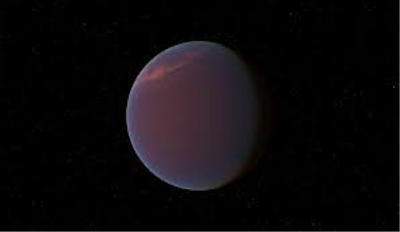November 24th, 2019
By: Haris Ahmad[1]
We all are humans and our specific species are Homo sapiens.
Homo means ‘wise’ and sapiens means ‘man’. So, we are basically wise men. Humans
have spent about 200,000 years on planet Earth and are the most intelligent
animals on this planet. Though we have survived all these years, there are
threats to us that can consequently, wipe us all like we never existed. In this
blog, I will talk about the potential threats that can wipe out the human race.
The first threat that can wipe out humanity is a threat that
can happen any second. Literally, any second. This threat is a gamma-ray burst
that can destroy our ozone layer which protects us from the hazardous rays of
the Sun. Gamma rays are basically penetrating electromagnetic radiations which
are extremely dangerous. I will further explain the types of rays in
another blog. Gamma rays can be produced by the most energetic objects in the
universe such as the collision of stars, the explosion of stars, pulsars, neutron stars, and black holes.
These rays can also be produced on the Earth by lightning and
nuclear explosions, which I'll come to, later on.
The second threat that can wipe out humans literally any
second is the over-expansion or collapse of the universe. As we know that the
universe is expanding at ever-increasing rates. The universe theoretically can
stop expanding or over-expand. Let's assume that the universe stops expanding,
this would cause the universe to collapse and theoretically, the big crunch can
happen which is the opposite of the big bang. I have explained the
expansion of the universe in one of my previous blogs.
The third threat that has the potential to wipe out humanity
is the expansion of the sun that is happening very slowly. In 7.6 billion
years, the Sun would’ve become as big as it can and would be a supergiant. It
would’ve become so big that it would’ve eaten up the planets Mercury, Venus and
possibly Earth too.
The fourth threat that can wipe out humanity is asteroids.
Asteroids are small rocky bodies orbiting the Sun. Most of the asteroids exist
in the asteroid belt that is present between the planets Mars and Jupiter.
 |
| Image Source: https://www.pinterest.com/pin/28710516353449261/ |
Although they are far away from us and Jupiter attracts them
to it, before reaching the Earth, some asteroids manage to reach Earth and
trust me, these things are extremely dangerous. Theoretically, one of these
asteroids wiped out the dinosaurs and we can even meet their fate. Small
asteroids are burnt down in the atmosphere while the medium ones can come a
little closer to the surface and may hit the surface. Some asteroids are huge
and can easily hit the surface. Although these huge asteroids hit Earth in
intervals of 120,000 years, they have the potential to easily wipe out the
human race. I have explained about asteroids in one of my previous blogs.
These were some of the threads that are capable of wiping out
the human race. There are many more threats to us but I will talk about them in
the next blog, which I will publish very soon.
[1]
Haris Ahmad is currently studying in 9th grade (O levels) in The
City School Islamabad.













